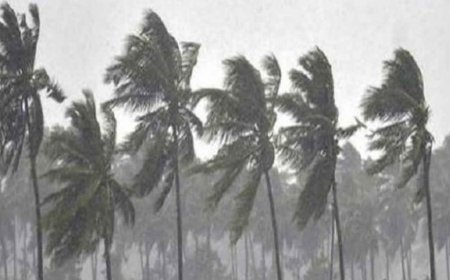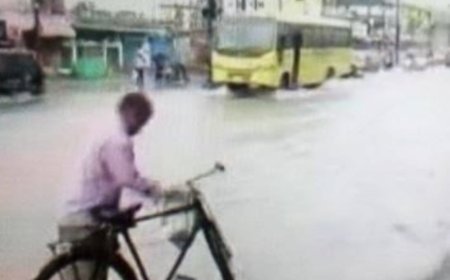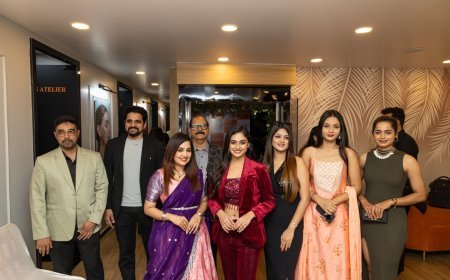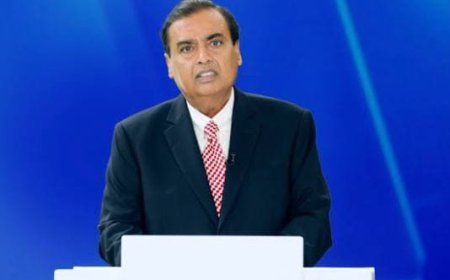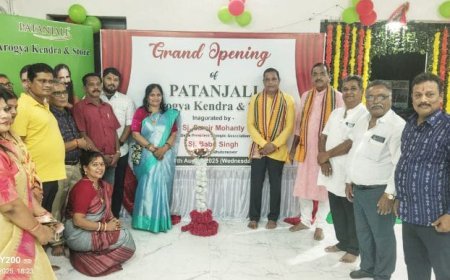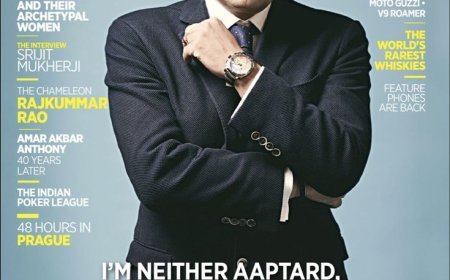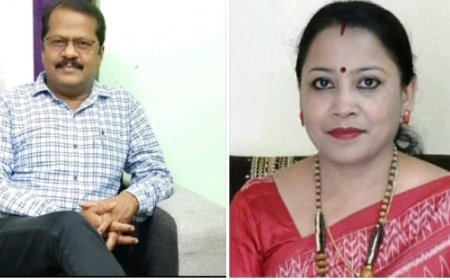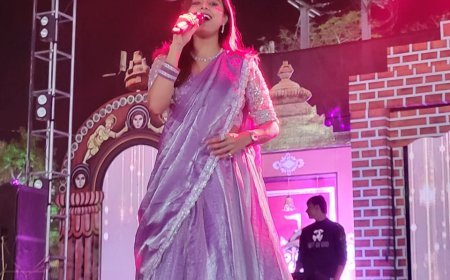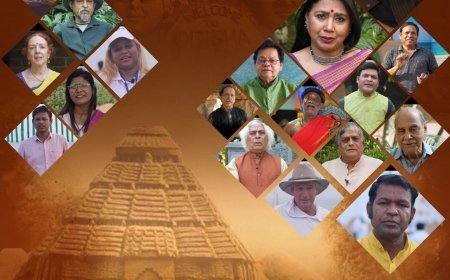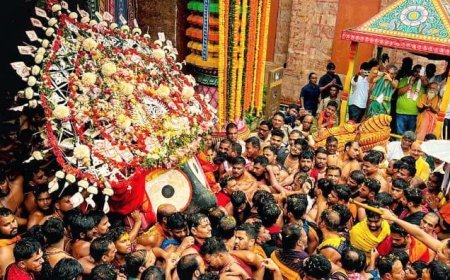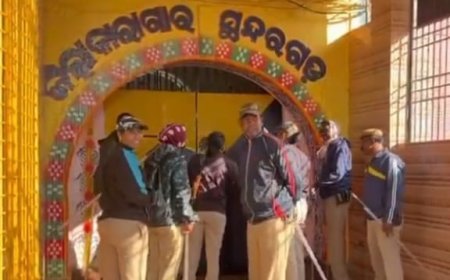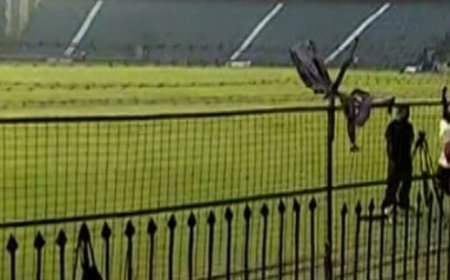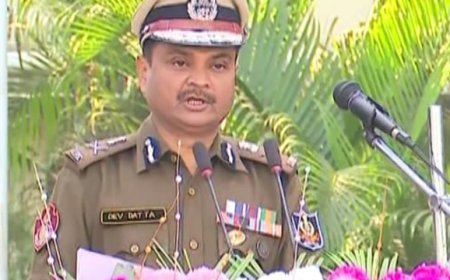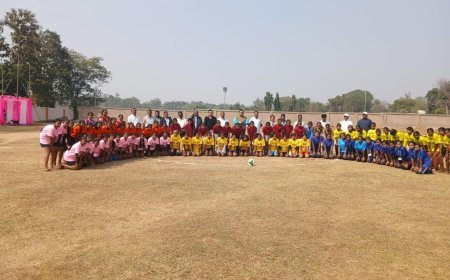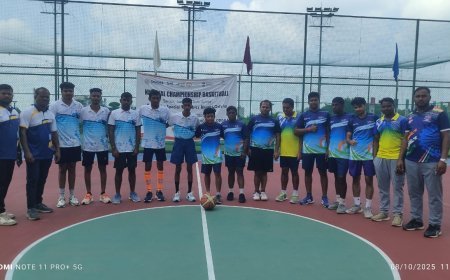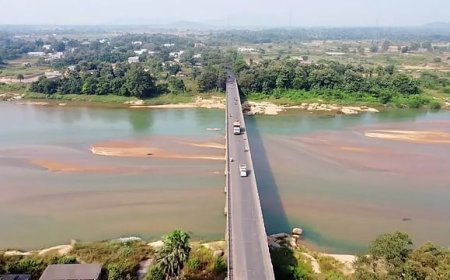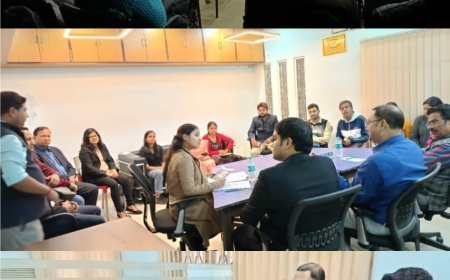India's Prime Ministers: The Best, The Worst, and Their Legacy

The assessment of the best and worst Prime Ministers of India is subjective and depends on various factors like economic policies, governance, leadership during crises, foreign relations, and social impact. Here’s a balanced perspective based on historical analysis and public opinion:
*Best Ever Prime Minister of India*
Several names come up in this category, but the most frequently mentioned include:
1. *Jawaharlal Nehru (1947–1964)* – As India's first PM, he laid the foundation for democracy, industrialization, and scientific progress. His non-aligned foreign policy and focus on education (IITs, AIIMS, etc.) were crucial, but his socialist approach also had economic drawbacks.
2. *Lal Bahadur Shastri (1964–1966)* – A man of simplicity and integrity, he led India to victory in the 1965 war with Pakistan and championed the Green Revolution with his famous slogan "Jai Jawan, Jai Kisan."
3. *Indira Gandhi (1966–1977, 1980–1984)* – She demonstrated strong leadership, nationalized banks, and led India to victory in the 1971 war, creating Bangladesh. However, the Emergency (1975-77) remains a dark mark on her tenure.
4. *Atal Bihari Vajpayee (1998–2004)* – Known for his statesmanship, Vajpayee conducted nuclear tests in 1998, introduced economic reforms, and improved India’s global standing. He also launched major infrastructure projects like the Golden Quadrilateral Highway.
5. *Narendra Modi (2014–Present)* – A highly polarizing figure, Modi has pushed economic and digital reforms, strengthened India’s global image, and implemented policies like GST and the abrogation of Article 370. Critics, however, highlight economic challenges (demonetization, job losses) and concerns over social divisions.
*Worst Ever Prime Minister of India*
Again, opinions vary, but some commonly criticized PMs include:
1. *Indira Gandhi (for Emergency, (1975-77)* – While she was also one of the strongest leaders, imposing Emergency led to mass censorship, arrests, and suppression of democracy, making her one of the most controversial PMs.
2. *Morarji Desai (1977–1979)* – The first non-Congress PM, his tenure was marked by infighting within the Janata Party, leading to instability and eventual collapse.
3. *Charan Singh (1979–1980)* – A weak and short-lived PM, his government lasted only 170 days, with little impact.
4. *V.P. Singh (1989–1990)* – His decision to implement the Mandal Commission recommendations, while socially significant, led to massive protests and caste-based tensions across the country. His tenure was also marked by political instability.
5. *Manmohan Singh (2004–2014)* – An economist with a major role in liberalizing India in 1991, his tenure as PM was overshadowed by scams (2G, Coalgate, CWG) and allegations of being a weak leader under Congress president Sonia Gandhi’s influence.
*Conclusion*
*Best PM: Atal Bihari Vajpayee* is often regarded as the most well-rounded leader due to his statesmanship, economic reforms, and balanced governance.
*Worst PM: V.P. Singh and Charan Singh* are often criticized for their weak leadership and political instability.
However, historical assessments change over time, and public opinion varies based on political beliefs and priorities.
